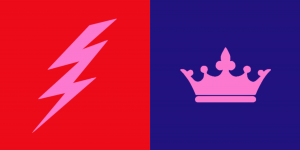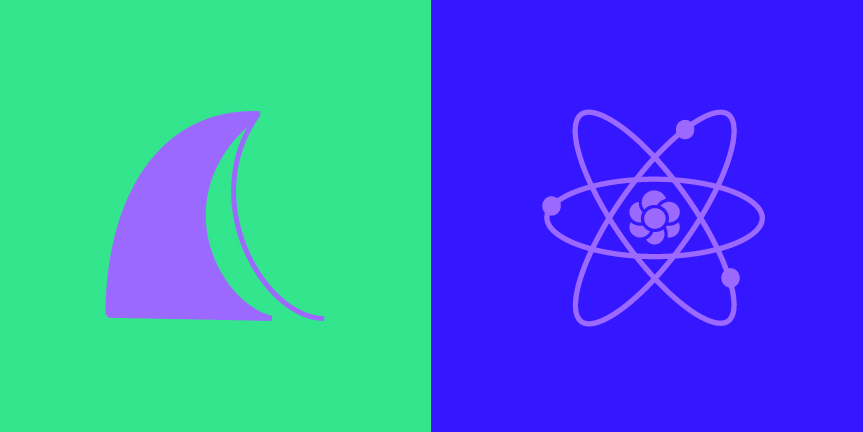Color Interaction Parings: Phase 1
Color Interaction Parings: Phase 2
Color Interaction Pairings: Phase 3
This project had to do a lot with the illusions that colors can make and I feel like the best part about it was seeing not only what kind of tricks we could play on our own eyes but also the combinations that other people chose and how they chose to pair colors up to make illusions. Something I liked about this project was Phase 3 when we were paired up and had to work together to not only make a color/symbol pair that represented a different person, but create one that fit with ours. It was really cool to see the other people’s images of you represented in color and symbols. I wish we had more time to work with that app during Phase 1. I feel like there was a lot more I could have learned through those apps and I am looking forward to getting them for myself.






Recent Comments